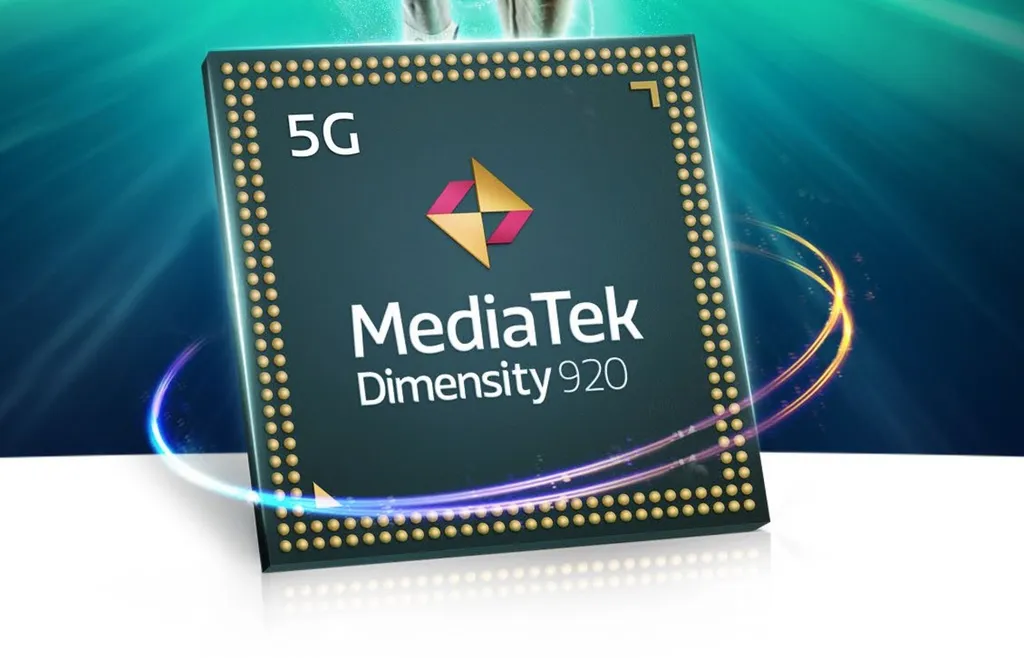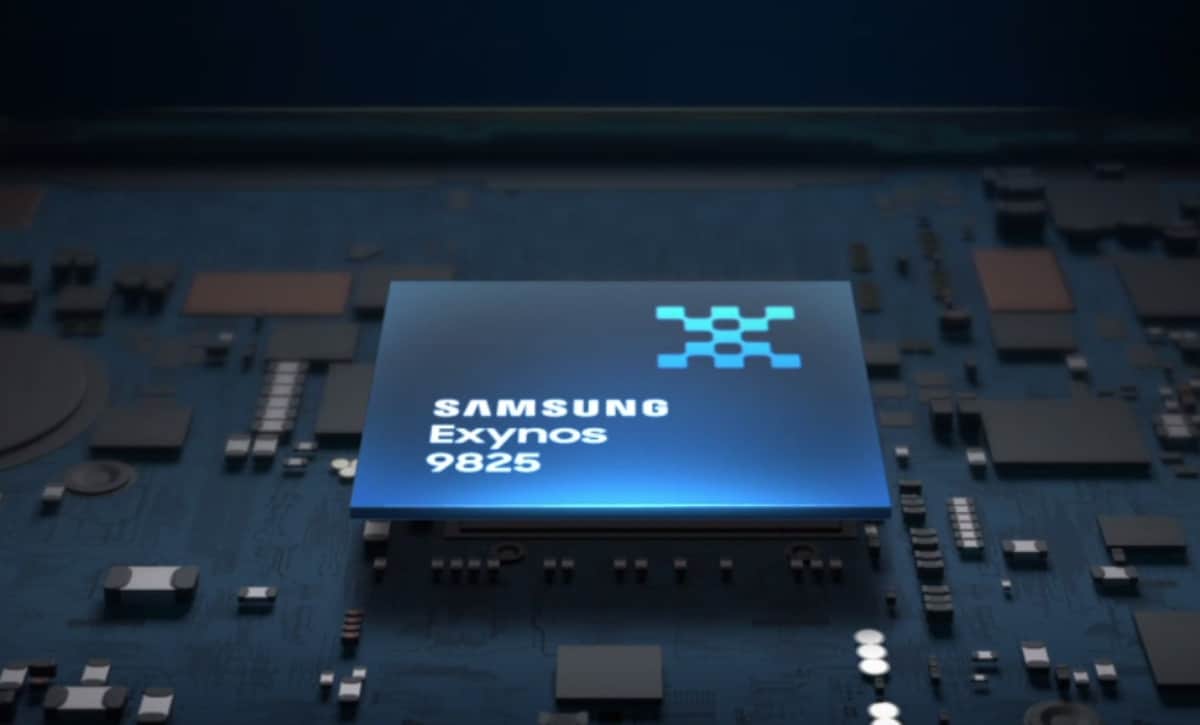
What’s Snapdragon 7 Gen 1 Equivalent? These are 7 Chipsets that are at the same level
Qualcomm again presents the latest chipset product line by introducing the Qualcomm Snapdragon 7 Gen 1. Chipset This is here to fill the market smartphone Middle-class 5G is equipped with luxurious features such as Qualcomm’s special AI Engine technology, camera support up to 200 MP to support for electronic money.
This Snapdragon chipset is claimed to have undergone changes to improve performance, compared to the previous series chipset. Snapdragon 7 Gen 1 comes with a 4nm fabricated size made by TSMC. This makes chipset has the power efficiency and performance like a cell phone flagship.
One obvious change is that this chipset is equipped with an X62 5G modem. With the latest 5G mmWave technology, this X62 modem delivers speeds of 4.4 Gbps. While the X52 modem only speeds up to 3.7 Gbps. There is also WiFi 6E support, as well as Bluetooth 5.3, as well as additional Snapdragon Sound and aptX features.
For CPU, Snapdragon 7 Gen 1 is an octa-core processor. The configuration is one Cortex A710 core with a speed of 2.4 Ghz, 3 Cortex A710 cores with a speed of 2.3 Ghz, and four Cortex A510 cores with a speed of 1.8 Ghz. The GPU uses the Adreno 662 GPU which has a 20% increase in graphics performance and 30% AI performance from the Snapdragon 778G.
Qualcomm has also added Game Color Plus and Adreno HDR Fast Blend features for efficient HDR10 graphics rendering. For new features, there is the Adreno Frame Motion Engine which is claimed to double the in-game framerate while maintaining power consumption. Don’t forget Qualcomm brings the Quick Charge 4+ fast charging feature.
Another interesting feature is the presence of Android SE and the Trusted Management Engine which was first introduced to the app chipset this. This feature promises optimal security for digital keys and wallets.
AnTuTu 9 score for Snapdragon 7 Gen 1 is 626.156 according to test NanoReview. As for the score singlecore and multicore– on the GeekBench 5 application is 706 and 2364.
Now, after getting to know more about this Snapdragon SoC, a question might arise in your mind, what is the Snapdragon 7 Gen 1 equivalent to? Carisignal has also summarized five chipset which is equivalent to Snapdragon 7 Gen 1.
Of note, seven chipset which we will explain here are not really equivalent. However, in general the performance can compete with or still in the same range. Here are seven chipset which is equivalent to snapdragon 7 Gen 1.
1. Snapdragon 778G Plus

Qualcomm presents the Snapdragon 778G Plus chipset as the successor to the 778G series which was released last May 2021. This 6 nm fabricated chip comes with improvements clock speed.
This octa-core SoC has three CPU clusters. The first cluster is a single core Kryo 670 Prime (2.5 Ghz). The second cluster contains three Kryo 670 Gold (2.2 Ghz) intermediate cores. And, in the third cluster, there are four Kyro 670 Silver (1.9 Ghz) cores that act as power-saving cores.
This CPU is equipped with an Adreno 642L GPU which is claimed to be up to 20% faster than the previous Adreno GPU series. There is also an Internal X53 5G modem and an AI Hexagon 770 processor.
For gaming needs, this CPU features features from Qualcomm Snapdragon Elite gaming including Variable Rate Shading (VRS) and Qualcomm Game Quick Touch.
For multimedia, there is a Spectra 570 triple ISP that supports cameras up to 192 MP resolution. This chipset supports video recording up to 4K resolution, supports WiFi 6 and can connect device screens with resolutions up to 4K.
Nanoreview noted, Snapdragon 778G Plus won an AnTuTu 9 score of 549,901. Then, score single-core and multi-coreon GeekBench 5 are 818 and 2996. Chipset this is already used in Huawei Honor 60 Pro, Motorola Edge 30 and Huawei Honor 70.
2. Snapdragon 780G

Snapdragon 780G is Qualcomm’s first Snapdragon 700 series SoC built with 5 nm fabrication. Interestingly, the architecture used is the same as the Snapdragon 888 5G. Not surprisingly, this chipset offers performance that can exceed the 800 series.
This SoC has three CPU clusters. The first cluster is a single core Kryo 670 Prime (2.4 Ghz). The second cluster contains three Kryo 670 Gold (2.2 Ghz) intermediate cores. And, in the third cluster, there are four Kyro 670 Silver (1.9 Ghz) cores that act as power-saving cores.
This CPU is equipped with an Adreno 642 GPU which is claimed to be up to 50% faster than the Adreno 620 GPU, ISP Spectra 570 triple which supports cameras up to 192 MP resolution. There is also an Internal X53 5G modem and an AI Hexagon 770 processor.
In addition, in the photography section, Snapdragon 780G supports video recording up to 4K resolution, supports WiFi 6 and can connect device screens with resolutions up to 4K.
Nanoreview noted, Snapdragon 780G won an AnTuTu 9 score of 526,704. Then, its single-core and multi-core scores on GeekBench 5 are 800 and 2889. This SoC is already installed on the Xiaomi Mi 11 Lite 5G.
3. MediaTek Dimensity 1000L

This is a Mediatek chipset that is installed for 5G smartphones in the class flagship. This chipset is still the same as other Dimensity series chipsets that use 7 nm fabrication.
In this chipset, an octa-core processor is embedded which consists of 4 Cortex A77 cores with a speed of 2.6 Ghz for performance and 4 Cortex A55 cores with a speed of 2.0 Ghz for power saving. For graphics processing, this Mediatek SoC uses a Mali G77 GPU.
This chipset supports dual 5G SIM (Sub-6 GHz NSA/SA) usage. Not only that, this chipset supports 5G UltraSave technology. This technology is a technology that allows mobile phone batteries to save more power when used for browsing on 5G networks.
For photography, this chipset supports cameras up to 80 MP supporting 4K HDR video, 144 Hz display support, MediaTek APU 3.0 features for AI and HDR10 + as well as Mediatek MiraVision PQ support.
According to nanoreview, the Dimensity 1000L is able to score AnTuTu 9 score of 431,348. As for the singlecore and multi-core SoC scores, namely 643 and 2509 according to GeekBench 5 test data.
This chipset is already used in the Realme X7 Pro and OPPO Reno 5 Pro smartphones.
4. MediaTek Dimensity 920

Mediatek Dimensity 920 is an SoC that will be released in the third quarter of 2021. This SoC has eight CPU cores consisting of two Cortex A78 cores (2.05Ghz) and six Cortex A55 Cores (2.0Ghz). This CPU contains components of the Mali G68 MC4 GPU (950 MHz), APU, ISP and 5G modem. All components are assembled via a 6 nm manufacturing process.
Mediatek Dimensity 920 already supports Full HD+ resolution screens with refresh rate 120 Hz. This SoC also supports a 108 MP main camera and can record 4K 30 fps video. This chipset is compatible with LPDDR4X or LPPDR5 RAM and UFS 2.1 or UFS 3.1 internal memory.
According to nanoreview, the Dimensity 920 was able to score an AnTuTu 9 score of 488,097. As for the single-core and multi-core SoC scores, namely 786 and 2580 according to GeekBench 5 test data. For the GPU graphics capability score in the 3D Mark Wild Life application 2293.
This mid-range chipset has been used in realme 9 Pro Plus, Xiaomi Redmi Note 11 Pro Plus, vivo V23 5G to Xiaomi 11i.
5. Exynos 9825

Exynos is a chipset developed by the Samsung manufacturer. For the old series there is the Exynos 9825 chipset. This is a chipset with 7 nm fabrication technology which unfortunately does not support 5G networks.
Soc Exynos 9825 itself is an octa-core processor with a unique configuration, consisting of 2 Exynos M4 (Cheetah) cores of 2.73 Ghz for performance and 2 Cortex A75 cores of 2.4 Ghz. Some believe that the M4 is a modification of the Cortex A76.
Furthermore, there are also four 1.95 GHz Cortex A55 cores for power saving. It also includes a Mali-G76 MP12 GPU graphics processor.
Samsung has also added DSP and NPU which are claimed to provide good AI capabilities. In addition, this chipset supports a 22 MP main camera. The camera supports 4K recording at 120 fps or 8K 30 fps.
According to Nanoreview, the Exynos 9825 is capable of scoring an AnTuTu 9 score of 506,128. As for the single-core and multi-core SoC scores, namely 767 and 2387 according to GeekBench 5 test data. As for graphics capabilities, there is a score of 3319 in the 3D Mark Wild Life application.
6. HiSilicon Kirin 990 (4G to 5G)

Huawei introduced HiSilicon Kirin 990 in September 2019. This octa-core CPU consists of two Cortex A76 cores (2.86 Ghz), two Cortex A76 cores (2.0 Ghz), and four Cortex A55 power saving cores (1.88 Ghz). ).
This SoC is built with 7nm fabrication and is equipped with a Mali G76 MP16 GPU, AI NPU Processor with Huawei Da Vinci architecture, Kirin ISP 5.0 and an internal 5G balloon 5000 modem.
This Kirin 990 5G SOC supports displays up to 2K resolution with a resolution of 90 Hz. This chipset can also process 4k 60 fps video. This chipset is also compatible with LPDDR4X RAM and UFS 2.1 or 3.0 internal memory.
The main camera used is a maximum of 50 MP. In Nanoreview’s notes, Kirin 990 5G recorded an AnTuTu 9 score of 555,203. For single-core and multi-core on GeekBench 5 are 762 and 3072. These chipsets are already used in Huawei P40 Pro Plus, Huawei Honor 30 Pro Plus, Huawei P40 Pro to Huawei Mate XS.
Meanwhile, the Kirin 990 4G has a lower clockspeed, the usual AI capabilities and a 4G Balong 765 modem. For other specifications, there is still not much difference.
The Kirin 990 4G recorded an AnTuTu 9 score of 501,103. For single-core and multi-core on GeekBench 5 are 744 and 3063. These chipsets are pre-installed on Huawei mate 30 pro, Huawei mate 30 and huawei Nova 6.
7. HiSilicon Kirin 820

HiSilicon Kirin 820 megabytes chipset made by a Huawei subsidiary released in 2020. This CPU consists of one Cortex A76 core (2.36 Ghz), three Cortex A76 cores (2.2 Ghz), and four Cortex A55 power saving cores (1.88 Ghz).
This chipset is made with 7 nm fabrication with a Mali G57 GPU, Kirin ISP 5.0 with 48 MP main camera support, and an internal 4G modem. there is also an AI processor that uses the Huawei Da Vinci architecture.
Unfortunately, the Kirin 820 only supports Full HD resolution screens with refresh rate 60 Hz. However, this SoC can process 4K 30 fps video recordings. An example of a cellphone that uses the Kirin 820 Chipset is the Huawei Honor 30s.
In nanoreview testing, the Kirin 820 was able to score an AnTuTu 9 score of 445,096. As for the single-core and multi-core SoC scores, namely 640 and 2449 according to GeekBench 5 test data.
Well, that’s it seven chipset which is equivalent to Snapdragon 7 Gen 1. What needs to be understood is that the good or bad of a cellphone is not determined only from the chipset.




